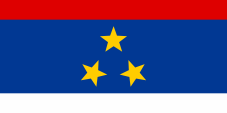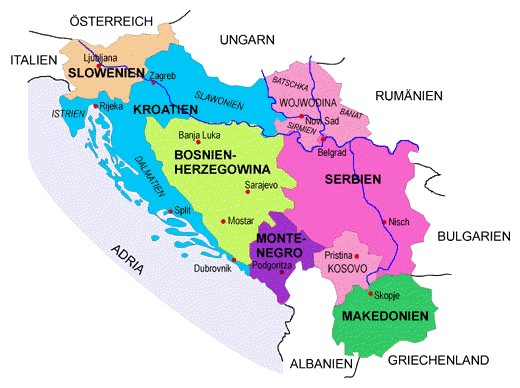Zahlen und Fakten – Numbers and Facts:
|
 |
 |
|
|
|
- Einwohner:
1 917 000 (2011)
davon
67% Serben
13% Ungarn
3% Slowaken
|
- Inhabitants:
1 917 000 (2011)
thereof
67% Serbs
13% Hungarians
3% Slovaks
|
-
Bevölkerungsdichte:
89 Ew./km²
|
- Density of
Population:
231 inh./sq.mi.
|
- Hauptstadt:
Novi Sad (deutsch: Neusatz)
232 000 Ew. (2011)
|
- Capital:
Novi Sad (German: Neusatz)
232 000 inh. (2011)
|
- Amtssprachen:
Serbisch, Ungarisch, Slowakisch, Kroatisch, Rumänisch, Ruthenisch
|
- official
Languages:
Serbian, Hungarian, Slovak, Croatian, Romanian, Ruthenian
|
- sonstige
Sprachen:
Tschechisch, Deutsch
|
- other languages:
Czech, German
|
- Währung:
serbische Währung
|
- Currency:
Serbian Currency
|
|
|
|
 Quelle/Source:
Wikipedia (D) Quelle/Source:
Wikipedia (D) |
 |


